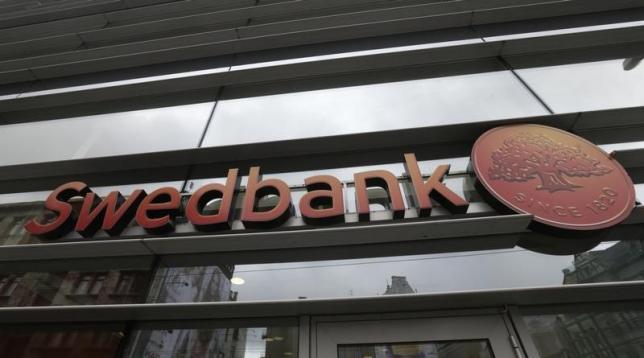Sweden’s financial watchdog could force banks to hold even more capital than required under existing rules if household debt burdens continue to swell.
The Swedish Financial Supervisory Authority says the “worrying” development in the country’s mortgage market means banks could face a higher so-called counter-cyclical buffer, Bloomberg reported.
With rapid housing-price gains and the rate of both corporate and household credit accelerating, the regulator needs to “continue to monitor developments and is prepared to take action if systemic risks linked to the growth in credit increase,” Matilda Gjirja, a senior analyst at the watchdog, said in an e-mailed reply to questions.
The watchdog has already given Sweden’s banks a June deadline to live up to a higher counter-cyclical buffer, raising its requirement to 1.5% of risk-weighted assets from the 1% that will apply from Sept. 13. The step, announced in June, was designed to ensure banks have enough capital to continue to lend if shocks to the financial system result in a credit crunch.
Sweden’s property market has followed a much steeper price trajectory than other corners of the economy. Part of the reason is negative central bank rates, but the country’s short housing supply is also to blame. With the central bank focusing all its tools on fighting the threat of consumer price deflation, the burden has rested with the regulator to address threats stemming from imbalances in the housing market.
But the FSA suffered a blow earlier this year when a key court blocked its plan to push through an amortization rule that had been designed to leave households less indebted. While politicians are working on giving the FSA the mandate it needs to introduce that rule, the amortization requirement has been significantly delayed.
One of the indicators the FSA uses when deciding how big the counter-cyclical buffer should be in the future points to increasing risks. That prompted the watchdog on Tuesday to raise the so-called counter-cyclical buffer guide to 1.65% from 1.5%.
The guide, which “constitutes the point of departure” for the FSA’s analysis and assessment, is calculated by looking at how much private and corporate lending in relation to gross domestic product deviates from its long-term trend. The result, known as the credit gap, was 7.3% in the first quarter. It’s “a good indicator for predicting coming financial crises,” Gjirja said.
Aggregate lending has been rising at a faster pace than nominal GDP since 2011, according to the FSA. In the first quarter, total lending rose an annual 7.1% compared with nominal GDP growth of 4.1%. That’s “a relatively large increase,” the FSA said.
Growth was 5.6% in the fourth quarter and 4.6% in the first quarter of 2014.
There’s no “mechanical link” between the buffer guide and the rate, Gjirja said. The FSA bases its final decision on a number of other parameters including the “sustainability of the credit development and the level of systemic risks,” she said.


